Not a food blog, but here we are, Ecuador edition.
Because it is too good to not talk about it.
Last summer, I spent three months in Ecuador, visiting and getting to know my wife’s family. I have already written an article reflecting on my experience and thinking about the similarities and differences between Ecuador and Europe; this time, I want to focus on a specific topic.
I don’t usually write much about food on this blog, but this time I’m making an exception. In this post, I want to share my food experience in Ecuador: what I ate, what I loved, what I found a bit strange, and the few things that didn’t quite win me over. From hearty street food to traditional dishes packed with flavour, it was a culinary journey worth writing about.
I’m a bit of a foodie, I love trying new things, and I’m rarely picky when it comes to food. There are only a few things I genuinely don’t like, so at this point, you can probably guess that I really enjoyed Ecuadorian cuisine.
Ecuadorian cuisine is as diverse and vibrant as the country’s landscapes, reflecting its rich cultural heritage and regional variety. Nestled on the equator and bordered by the Pacific Ocean, the Andes mountains, and the Amazon rainforest, Ecuador offers a wide range of ingredients and culinary traditions. Each region, coastal, highland (Sierra), Amazonian, and insular (Galápagos), has its own typical dishes shaped by geography, climate, and local customs.
On the coast, seafood dominates, with dishes like ceviche, encebollado, and fried fish served with patacones (fried green plantains). In the highlands, heartier meals prevail, often based on potatoes, corn, and pork. Popular dishes include hornado (roast pork), llapingachos (cheese-stuffed potato patties), and soups like locro de papa. The Amazon region features more exotic ingredients such as yuca, jungle fruits, and even insects like chontacuros. Across the country, street food and market meals play an essential role in daily life, offering everything from empanadas to fresh fruit juices.
Ecuadorian food is known for its bold flavours, generous portions, and its balance of indigenous traditions and Spanish colonial influences. I visited mainly the Andean and the Amazon regions, so I ate dishes from those parts of the country. The topic is very wide, so I decided to divide it into three parts: base ingredients, street food, and traditional dishes. In this post, I will talk about the first one.
Plantain
Plantain is a staple in Ecuadorian cuisine, similar to a banana but larger and starchier. Unlike bananas, plantains are typically cooked before eating, and they can be prepared in a variety of ways: fried, boiled, or grilled. Patacones (fried green plantains), also called tostones in other countries, and bolones are popular preparations, often served as a side dish or snack. Sweet plantains (maduros), which are fried when ripe, are also enjoyed for their caramelised flavour. Whether savoury or sweet, plantains are an essential part of Ecuador’s culinary landscape.
Potatoes
Potatoes (papas) are a basic ingredient in Ecuadorian cuisine, with the country being home to thousands of varieties, especially in the highlands. Ecuadorians use potatoes in a wide range of dishes, from locro (a hearty potato soup) to papa rellena (stuffed potatoes) and crispy papas fritas (french fries). The Andes region, where potatoes originated, is known for its rich diversity of colours, sizes, and flavours. Potatoes are versatile, comforting, and an essential part of daily meals across Ecuador.
Corn
Corn (maíz) is an important part of Ecuadorian cuisine and comes in many varieties, each with its own flavour and texture. You’ll find it in all sorts of dishes, from mote (large boiled kernels served as a side or snack) to tostado, corn flour for tamales, and even sweet drinks. In the Andes, corn isn't just food, it's part of the culture and traditions, often eaten daily and served with everything from soups to roasted meats. Whether fresh, dried, boiled, or toasted, corn is everywhere in Ecuador, and it’s delicious.
I have to admit, I'm not a big fan of corn. There's something about the smell that just doesn’t do it for me. So in Ecuador, that was a bit of a challenge, since corn is everywhere. It’s used in so many dishes, often served as a snack before meals, and it’s a common sight in street food. While I appreciated how central it is to Ecuadorian cuisine, it definitely wasn't my favourite part of the food experience.
Fruits
One of my absolute favourite parts of the food experience was the fruits. The variety is incredible—there were so many types I had never seen before—and everything is so fresh and full of flavor. On top of that, it’s super affordable. I loved being able to buy a big, juicy mango or a bunch of passion fruits for just a few cents.
Maracuyá (Passion Fruit) – Tangy and aromatic, used in juices and desserts.
Guayaba (Guava) – Sweet and fragrant, eaten fresh or made into jams.
Papaya – Soft, sweet, and commonly eaten for breakfast or in smoothies.
Chirimoya (Cherimoya) – Creamy and custard-like, often called “ice cream fruit.”
Pitahaya (Dragon Fruit) – Bright, mildly sweet, and refreshing.
Naranjilla – Tart and citrusy, perfect for juices and ice creams.
Tomate de Árbol (Tamarillo) – Slightly tangy and sweet, often used in smoothies and sauces.
Granadilla – Mildly sweet with a jelly-like interior, great for eating fresh.
Taxo (Banana Passion Fruit) – Sour and aromatic, commonly used in juices.
Uvilla (Goldenberry) – Small, tart, and slightly sweet, often used in jams or eaten fresh.
Another thing I really loved was the variety of drinks. Ecuador has an endless selection of fresh juices and traditional beverages made from the many fruits available across the country. Whether it was a glass of juguito de maracuyá with lunch, a cold naranjilla juice on a hot day, or a warm cup of morocho in the highlands, there was always something new and delicious to try. The flavours are natural, refreshing, and often unlike anything I’d tasted before.
Colada Morada
Colada morada is a traditional drink, especially popular during the Día de los Difuntos (Day of the Dead). It is a thick, sweet, and refreshing beverage made from a variety of fruits, such as blackberries, strawberries, and blueberries, along with purple corn flour (known as harina morada) to give it a rich consistency. The drink is flavoured with spices like cinnamon, cloves, and lemongrass, creating a warm, aromatic taste. Often served warm, colada morada is enjoyed with guaguas de pan (bread figures), a type of sweet bread that represents the spirits of the deceased.
Morocho
Morocho is a traditional Ecuadorian drink made from broken corn (also called morocho), milk, sugar, and warm spices like cinnamon and cloves. It's thick, creamy, and slightly sweet—often enjoyed hot, especially on cool Andean evenings. Sometimes raisins are added for extra flavour. Morocho is commonly sold by street vendors or at markets and served with empanadas de viento. It is a comforting, filling drink that is somewhere between a dessert and a warm hug in a cup.
I stop now, but there is much more to say. I will continue the series talking about street food in the next post. Until then, have you tried any of the products mentioned in this post? I would love to hear your experiences.
If you enjoyed it, please consider subscribing, upgrading to a paid subscription, or buying me a coffee. You can also share it with people you think might like this content.
See you soon
Flavio

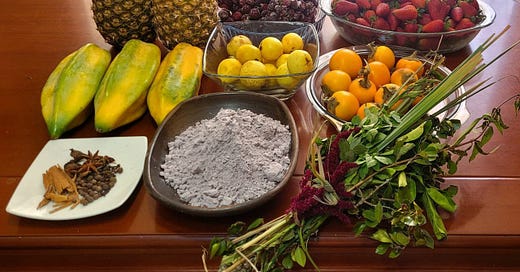





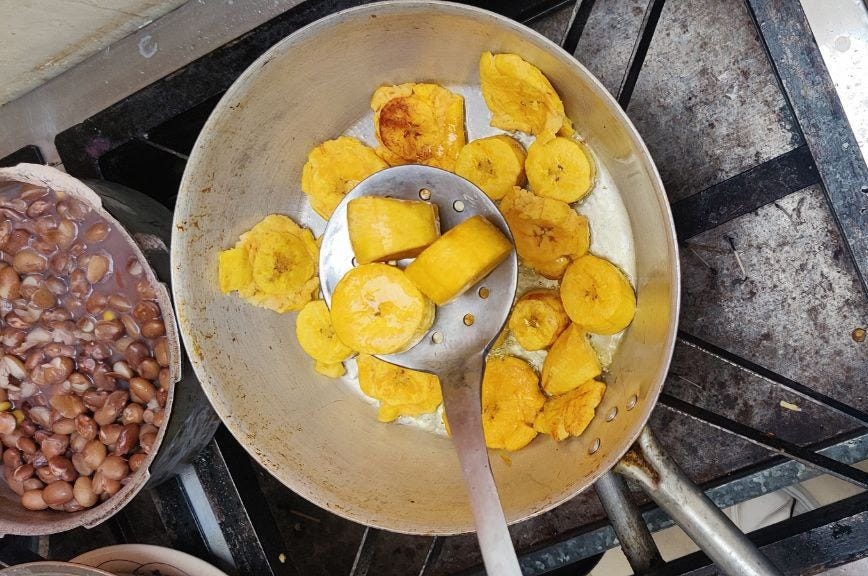


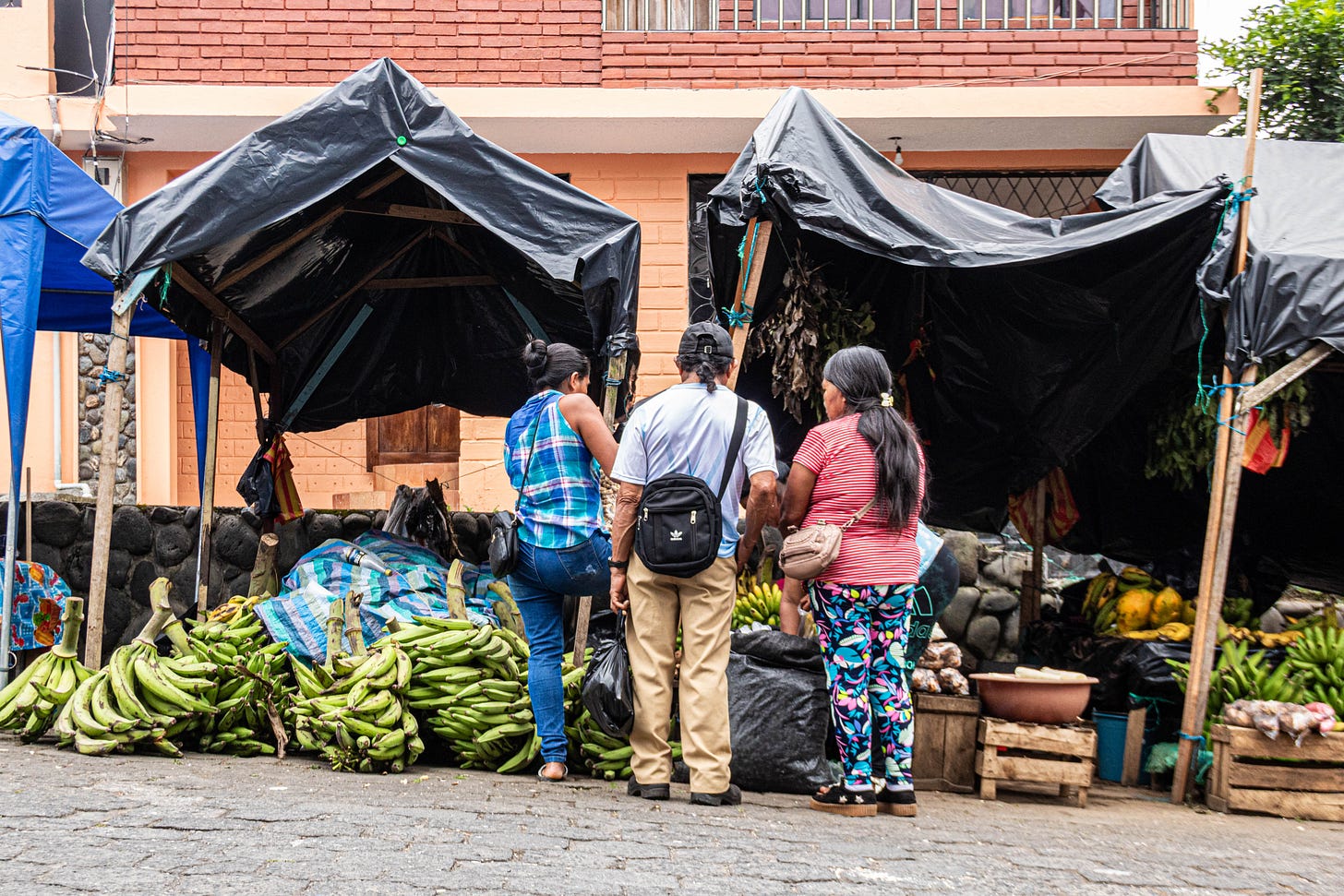

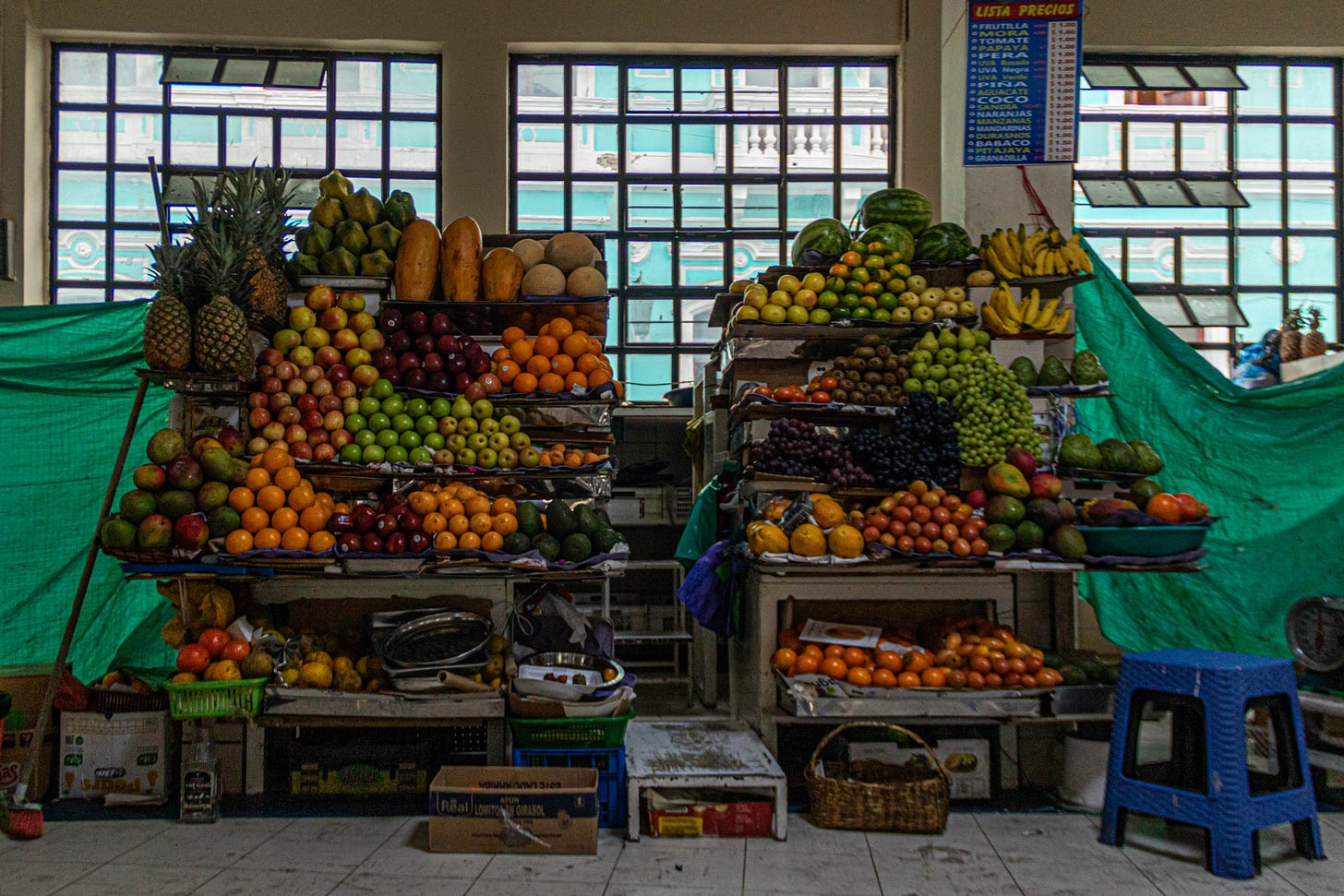
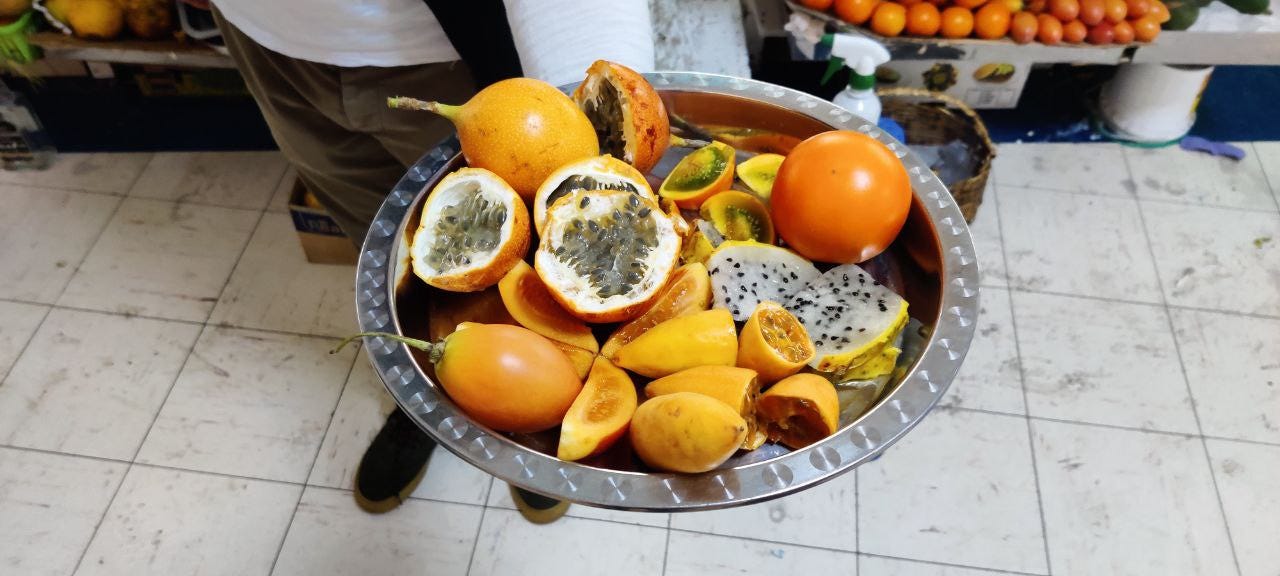
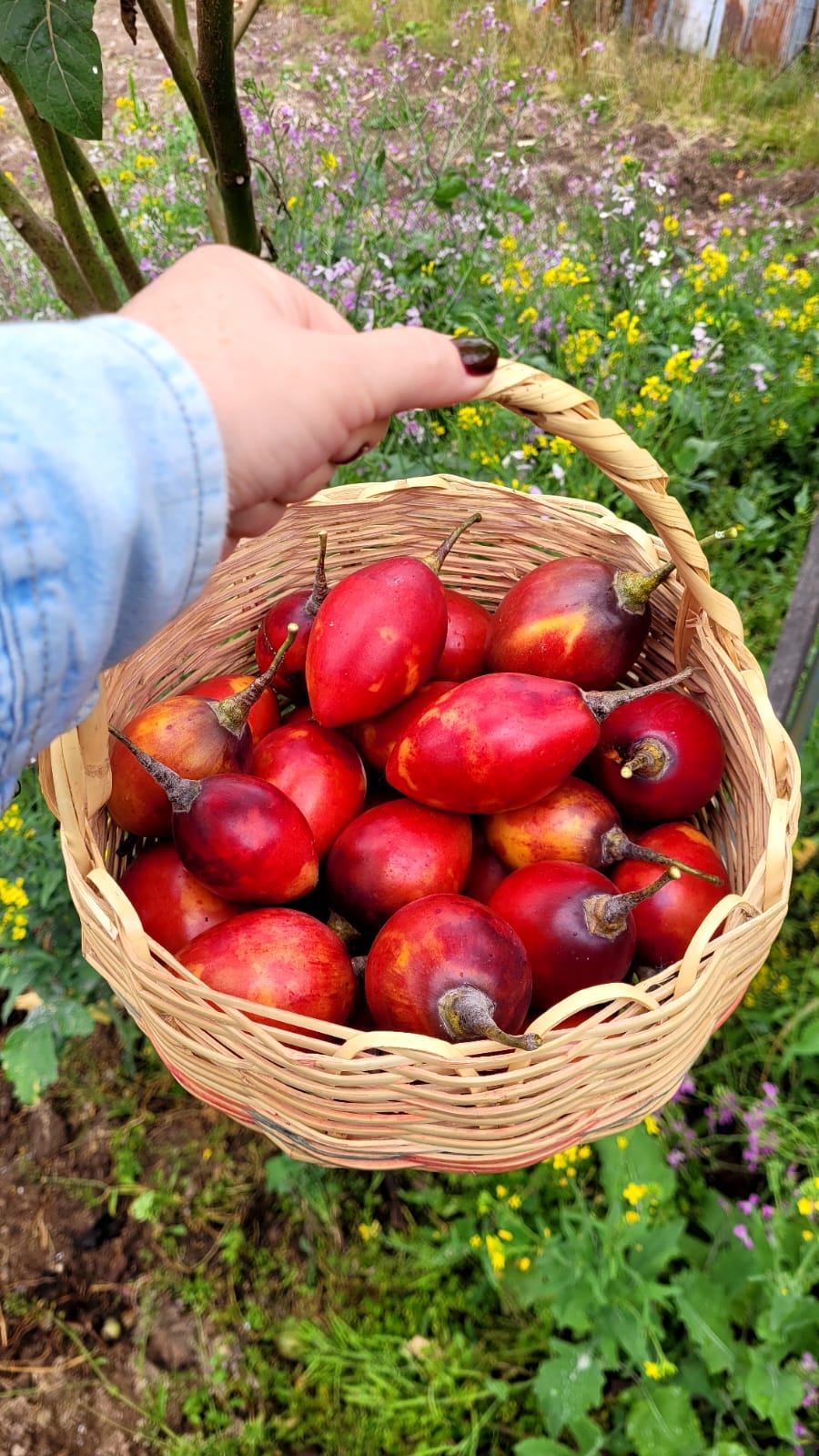




You just made me hungry!
Your travel experiences inspire me to get back into the travel mode!